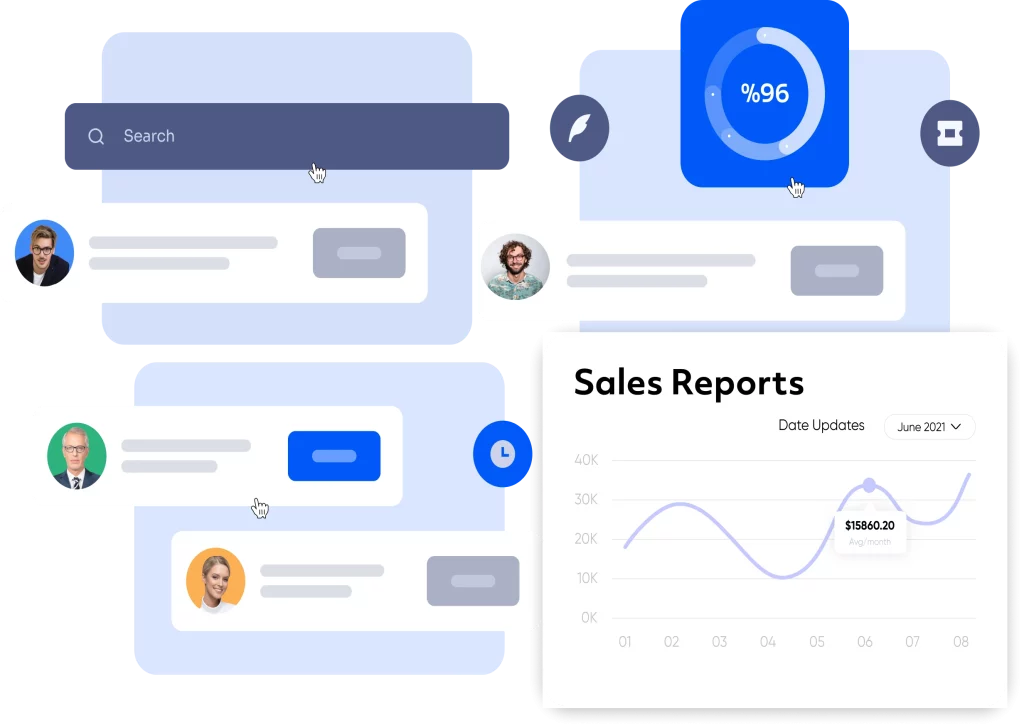Why Rafiki
Pricing


Pricing
Solutions

RevOps Leaders
Synchronize revenue generating functions

SDR Leaders
Get your team aligned and Coach your Reps 3x faster at scale

Sales Leaders
Unlock pipeline truth, drive confident forecasts

So far, we have seen the five steps in a typical sales process. Our first blog captured the initial steps that a quintessential sales representative has to go through to lay the foundation of his/her sales process, viz. prospecting, preparation and approach. This was followed by another post on subsequent steps that they have to take while actually interacting with the prospects - presentation and handling objections.
Now, this post is all about the closure, i.e., what happens during the actual purchase and what happens after that. Read on...
Though it comes at the end, it is undoubtedly one of the most important parts of the multi-step sales process. In this stage, you carefully assess your client's interest to invest in your service or product. You also have to understand their propensity to purchase by evaluating the client's budget, requirements, and ability to utilize your service or product correctly to give them positive results.

Once you have done that, it's time to make your finishing move. This is when you ask your client their decision on how they would like to move forward doing business with you. If all’s well, they will sign the contract with you.
Now, when it comes to closing, there are three major techniques that you can embrace. Here are they -
This is probably the most popular one and is used by most businesses. In this, you give the client a perception that everyone is okay with your terms and is happy to close the deal. You can do so by creating an impression that the sale is almost complete and then offering the prospect two options, both of which should lead to a sale.
For Example: Would you like to pay the whole fee upfront or do you like to do that in installments?
This is something that a lot of salespeople have in the buffer; if the prospect looks promising and seems like a great long-term partner, then this technique would be ideal for you. In this technique, the salesperson offers the prospect something extra for free - this could be offering the product or service free for 2-3 months or a substantial discount for the same period.
Create a FOMO (Fear of Missing Out) effect in the minds of the prospects. You can do so by letting them know that you only have a few more spots left this month at a special price.
If you are on this step, then congratulations are in order as you have successfully closed a deal. This is indeed a great achievement, but your job as a sales rep doesn't end here. You need to regularly follow up with the customer. This will lead to -
Send a thank-you note, and be in constant touch with the customer even if it seems like they are never going to leave you. Ask them if the product is helpful for them and it is meeting their needs. Also, find out if they need any help related to the product.
You can also send them informative content like blogs, newsletters, and new additions regarding product updates and services. This will keep the customer informed and connected with your business.
Pro tip: Create a feedback loop for the customers where they share their experience about using your product. Conduct email surveys once a month with an array of open-ended questions to understand their sentiment about your product.
Your sales process has to be constantly tracked. You need to ensure that it doesn’t deviate from the intended path. The chances are pretty high for it to go wayward as everything is dynamic in the world of sales. This is where sales leaders should take control of the narrative. They should identify a pattern of key competitor mentions, deal risks, common objections, etc., and use this knowledge to fine-tune the sales process.
In other words, you need to embrace deal analytics and sales intelligence. Our Sales expert webinar's recording tells you how to achieve that. It will also coach your sales reps to close more deals, letting you scale up your SMB in no time.
Do not miss this chance to learn from our experts and learn everything about the sales process. Wanted to attend future sessions? Follow our Linkedin for instant updates about our upcoming sessions.